Three Steps to using the Vampire Charger to power your Phone:
Step 1: Attach the
device to a source of power
Step 2: Wait a second
Step 3:
Connect your USB device
Theory of operation:
Left part of the circuit: Tries to harvest ANY voltage at all from the terminals.
Use it to power the logic that decides which of the middle parts is run. If this one stays dead, the boost converter is on by default.
Otherwise the buck converter and transformer are on by
default.
Middle
parts: A transformer + rectifier (will take 110VAC and bring it to
12, or 220VAC and bring it to 24), OR a buck converter, OR a boost
converter.
Right
part: The output.
Bottom
part: The logic. We will be using window comparators, for efficiency.
Right now we are using an arduino to drive some relays to do a proof of
concept.
To increase efficiency, there’s going to be one LED for the whole board ( lit = OK, not lit = not OK) that will turn itself off when the USB cable is inserted, by seeing if anything is connected to the data line. (If it doesn’t turn off because the USB device is charge only, we’ll live with it, maybe add a toggle switch.)
 Aaron Swartz Day
Aaron Swartz Day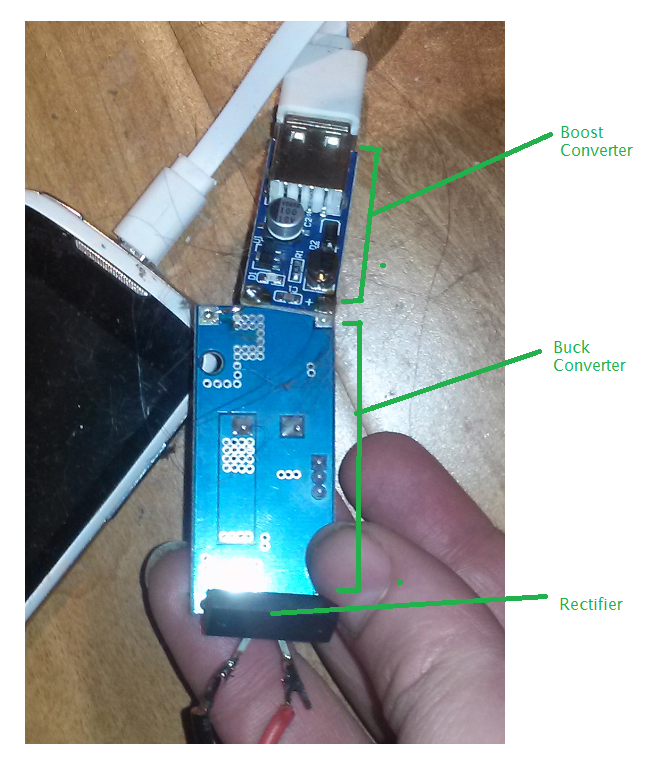


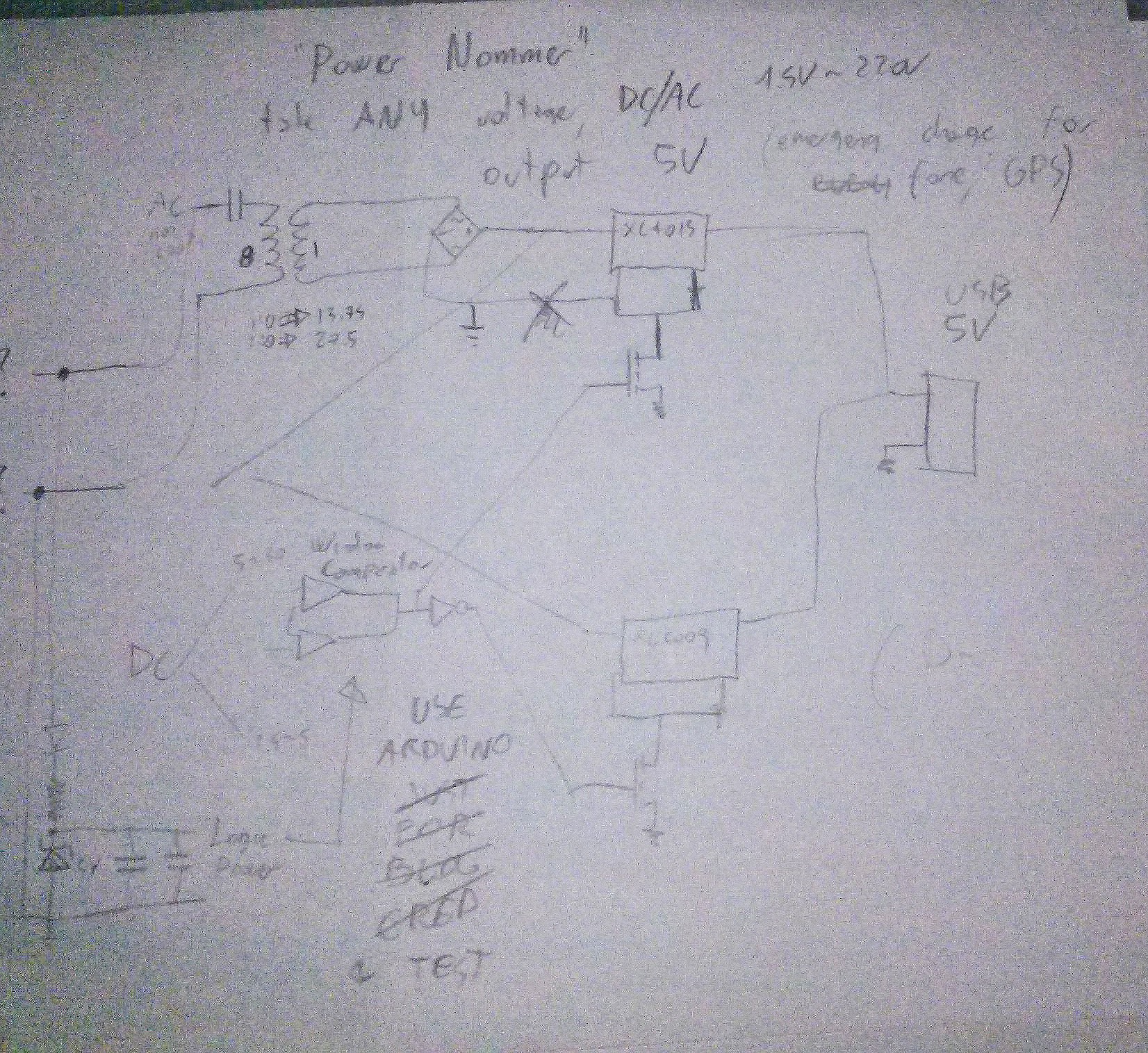




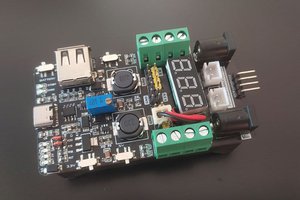
 SAYANTAN PAL
SAYANTAN PAL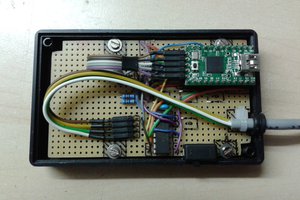
 Christoph
Christoph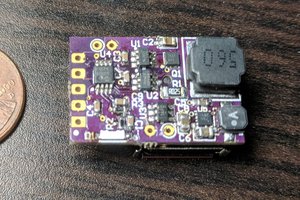
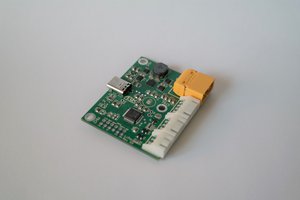
 Alex Klimaj
Alex Klimaj
Awesome project! Excited tdo try this out myself.